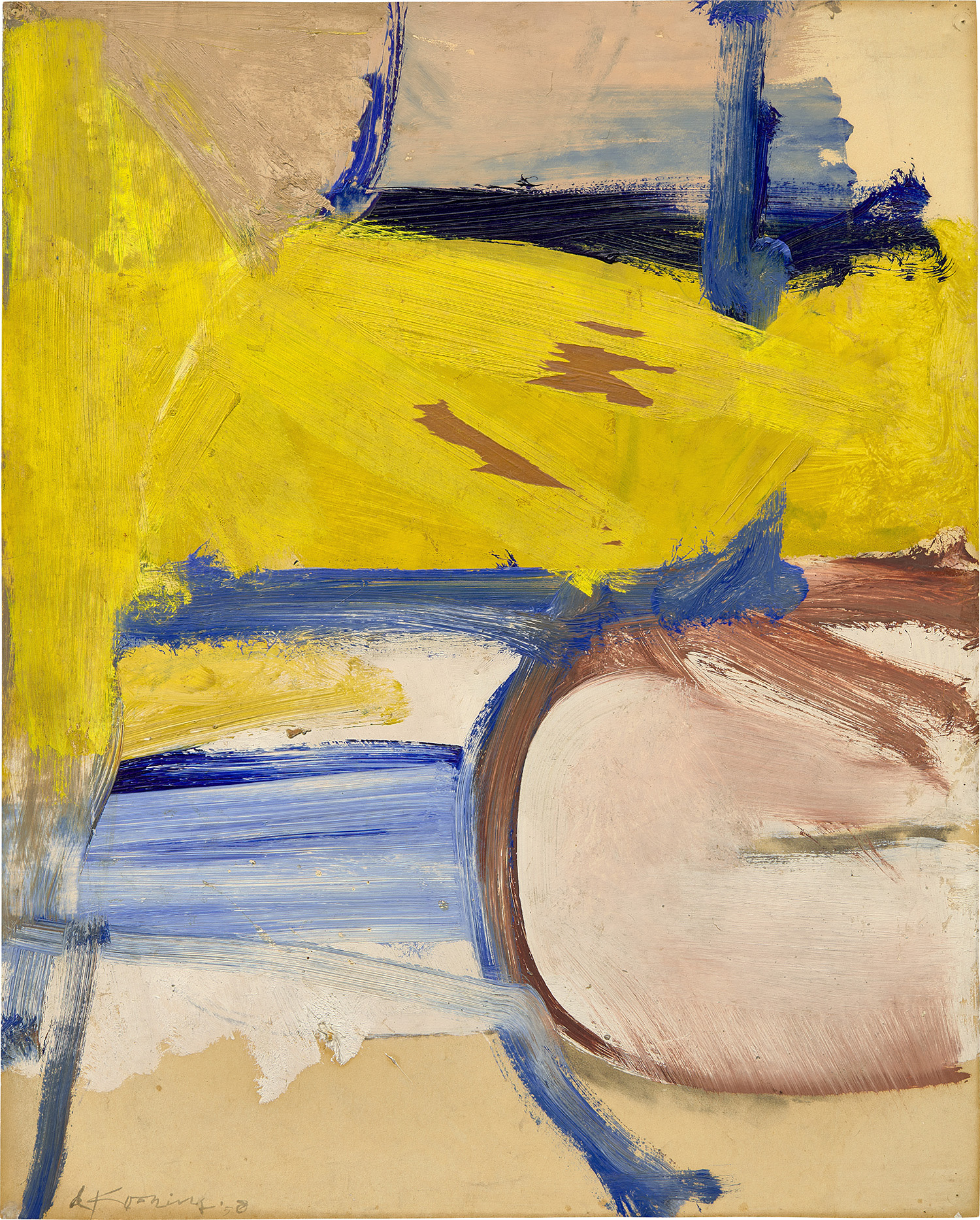

Property from an Important Midwestern Collection
12
Willem de Kooning
Composition
signed and dated “de Kooning ’58” lower left
oil and charcoal on paper laid down on board
29 x 23 1/4 in. (73.7 x 59.1 cm)
Executed in 1958.